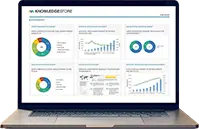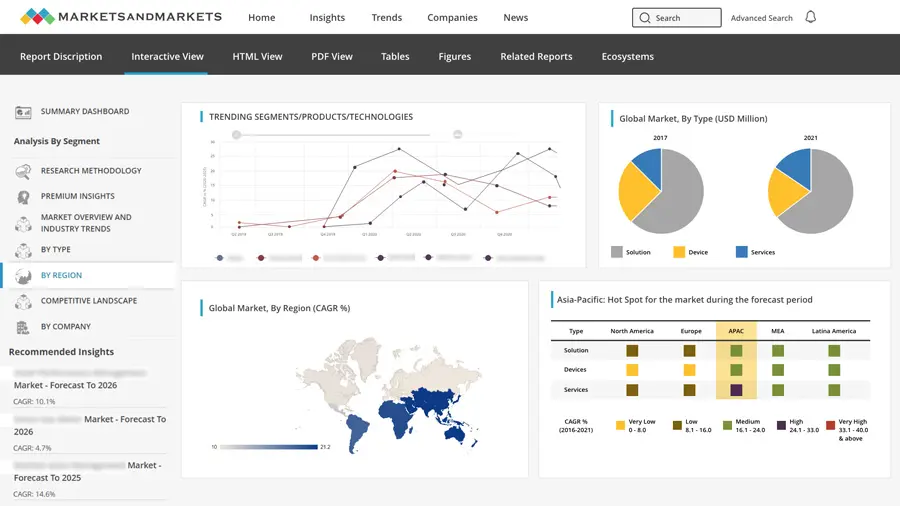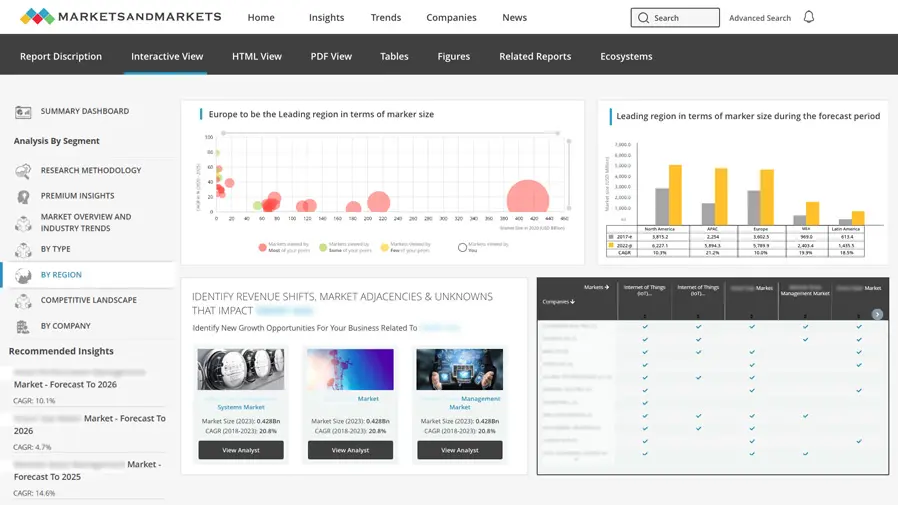Software Defined Automation Market by Deployment, by Application by End User by Region Global Forecast to 2030
The Software Defined Automation (SDA) represents a transformative shift in how automation systems are designed, implemented, and managed across industries. Unlike traditional automation approaches, which rely heavily on proprietary hardware and fixed control systems, SDA leverages a software-centric model that decouples control systems from physical devices. This approach offers unprecedented flexibility, scalability, and cost-efficiency, making it an attractive solution for manufacturers, service providers, and industries seeking to modernize their automation infrastructure. At its core, SDA utilizes virtualization technologies, enabling industrial control systems to operate on general-purpose hardware such as industrial PCs, servers, or cloud platforms. This decoupling not only simplifies the deployment of automation systems but also allows for faster reconfiguration and updates through software, without requiring downtime or significant hardware investments. Recent trends are amplifying SDA's potential. It now integrates seamlessly with cutting-edge technologies like the Industrial Internet of Things (IIoT), Artificial Intelligence (AI), Machine Learning (ML), and Edge Computing. These additions improve real-time data processing, predictive maintenance, and process optimization. . Its ability to handle complex systems while enhancing performance positions it as a game-changer for industries aiming to stay competitive.
Impact Of AI on Software Defined Automation Market
Artificial Intelligence (AI) is revolutionizing the software-defined automation (SDA) market by enhancing operational efficiency, decision-making, and scalability. AI-driven algorithms enable real-time data processing, predictive maintenance, and self-optimization of automation systems, reducing downtime and improving productivity. Machine learning models integrated into SDA platforms allow systems to adapt to dynamic industrial requirements, fostering agility and resilience. Moreover, AI-powered analytics transform raw operational data into actionable insights, facilitating better resource utilization and energy efficiency. The proliferation of AI is also driving the adoption of advanced technologies like digital twins, enabling accurate simulations and testing before deployment, reducing errors and costs. As industries move toward Industry 4.0, AI's influence on SDA accelerates the shift to intelligent, interconnected systems, unlocking new opportunities for innovation and market growth.
Increasing adoption of Smart Manufacturing Technologies driving the Software Defined Automation Market
Increasing adoption of smart manufacturing technologies has played a crucial role in driving the growth of Software Defined Automation (SDA). As part of Industry 4.0, technologies integrate advanced solutions like the Industrial Internet of Things (IIoT), Artificial Intelligence (AI), and Machine Learning (ML) into manufacturing processes, creating smarter, more flexible, and efficient systems. SDA facilitates this shift by offering a decentralized, open automation architecture that decouples control systems from physical hardware. This allows manufacturers to integrate new technologies easily and enhances interoperability across systems. By using virtualization, SDA enables the deployment of control systems on standard hardware platforms like industrial PCs and servers, reducing both costs and complexity while enhancing scalability and flexibility—key components for adapting to dynamic market needs. SDA further enhances manufacturing efficiency through the use of digital twin models, enabling manufacturers to test and optimize machine solutions in a virtual environment before real-world implementation. This reduces commissioning time, minimizes errors, and speeds up time-to-market. By enabling real-time data analytics and predictive maintenance, SDA helps businesses optimize resource utilization, improve machine performance, and reduce downtime. Additionally, SDA supports IT/OT convergence by adopting IT best practices like DevOps and continuous integration in the OT space, improving both agility and safety. As the manufacturing sector continues to evolve, SDA remains central to enabling smart factories, responding rapidly to market shifts, and fostering innovation while enhancing sustainability.
Challenges in Integrating Software Defined Automation with Legacy Systems
One significant challenge for Software Defined Automation (SDA) is the integration complexity with existing legacy systems. Many manufacturing facilities still rely on traditional, proprietary control systems and hardware that were not designed for flexibility or interoperability. Integrating SDA into these legacy environments can be difficult and time-consuming, requiring significant modifications to both hardware and software. This integration challenge can result in extended downtime, increased costs, and potential disruptions to ongoing operations as manufacturers transition to more modern, software-centric automation systems. Moreover, ensuring compatibility between new SDA technologies and older systems often requires specialized knowledge and expertise, which can strain resources and slow down the implementation process.
Some players in the Software Defined Automation market includes Siemens (Germany), Schneider Electric (France), Yokogawa Electric Corporation (Japan), Emerson Electric Co (US), Honeywell International Inc. (US).
Recent Developments
Recently, the Software Defined Automation (SDA) market has seen significant progress, driven by key collaborations. In April 2024, Rockwell Automation and Microsoft deepened their partnership to utilize cloud and AI technologies for improving operational efficiency across industries. This collaboration focuses on enabling real-time data analysis, predictive maintenance, and process optimization in manufacturing systems. Additionally, in June 2024, Siemens expanded its partnership with Amazon Web Services (AWS) to integrate SDA solutions into its industrial offerings. This expansion allows customers to deploy scalable and flexible automation solutions powered by AWS's cloud infrastructure and Siemens' industrial expertise, driving digital transformation and optimizing production processes in various industries. These strategic partnerships highlight the growing trend of leveraging advanced technologies like AI and cloud computing to enhance automation capabilities and operational efficiency.
















Growth opportunities and latent adjacency in Software Defined Automation Market